#21 in Vietnam
Popular Canh Chua Variations

Canh Chua Đầu Cá

Canh Chua Cá Trê

Canh Chua Cá Lóc
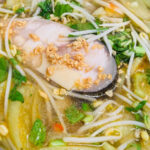
Canh Chua Cá Bông Lau
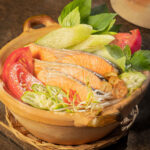
Canh Chua Cá Hồi

Canh Chua Lươn
Canh Chua: Ingredients and Preparation
Main Ingredients
Main Cooking Method
Preparation Process
Canh Chua: A Deep Dive
Cultural Significance
Taste
Texture
Aroma
Color
Serving Style
Serving Temperature
Accompaniment
Occasions
Seasons
Special Diets
Calories
Popularity
Popular Similar Dishes
- Canh Khổ Qua Nhồi Thịt
- Canh Bóng
- Samlor Machu
- Sinigang
- Tom Yum
Popular Dining Area
Canh chua is a famous Vietnamese sour soup hailing from the Mekong Delta region in Southern Vietnam. In English, it literally means “sour soup,” implying the prominent flavor of the soup.
The typical ingredients of canh chua are fish (often catfish), tomatoes, pineapple, Colocasia gigantea, bean sprouts, and sometimes okra, with tamarind-flavored broth.
To get the sourness from tamarind pulp to make canh chua, the Vietnamese soak it in hot water first. After stirring to infuse the water with the tamarind’s flavor, the strained liquid is added to the soup, and they discard the solid part and seeds.
Mekong Delta’s canh chua is traditionally topped with chopped Limnophila aromatica (lemony-scented herb), green onions, and caramelized garlic. Some recipes use other herbs like long coriander, Vietnamese coriander, or Thai basil.
There are other varieties of canh chua in Northern and Central Vietnam with different ingredients. Locals can use shrimp, squid, chicken, square ribs, or other types of fish, and other vegetables to make canh chua.
Besides delicious canh chua variations, you’ll also know other insights like its accompanying foods, the pluses and minuses of consuming it, other common eaters’ concerns about canh chua, and its similar dishes. So don’t miss any insight here!
Key Points
Canh Chua Images
What Are Varieties of Canh Chua?
Vietnam’s beloved sour soup is also available in different types made with different components. Of course, the key flavor of it is the sourness, but with regional ingredients and personal touches, you’ll have many varieties of canh chua to try out if you have a chance to visit Vietnam. Here are some examples in the following table.

Canh Chua Đầu Cá
Include fish heads

Canh Chua Cá Lóc
Include snakehead fish
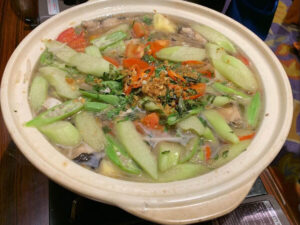
Canh Chua Cá Trê
Include airbreathing catfish

Canh Chua Cá Bông Lau
Include Pangasius krempfi catfish.

Canh Chua Cá Hồi
Include salmon

Canh Chua Lươn
Include eel

Canh Chua Tôm
Include shrimp

Canh Chua Lá Giang
Include Urceola polymorpha leaves (often incorporated with mudskipper fish or chicken).

Canh Chua Rau Muống
Include water spinach (often incorporated with shrimp).
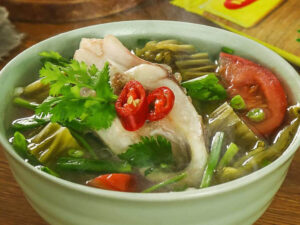
Canh Cải Chua Cá
Include fish and pickled mustard greens.

Canh Cải Chua Sườn Non
Include square ribs and pickled mustard greens.

Canh Chua Thơm
Include pineapple (often incorporated with shrimp or small shrimp)
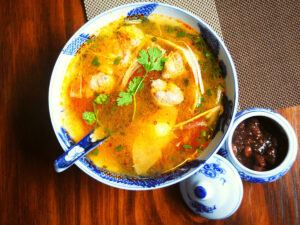
Canh Chua Măng
Include pickled bamboo shoots.

Canh Chua Thái
Adapted from Thai tom yum.
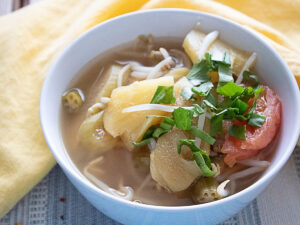
Canh Chua Chay
Vegetarian version (often using tofu in place of fish/meat, or only including vegetable-based ingredients).
Now that you’ve discovered the various types of canh chua, let’s look at the best dishes to complement this tangy soup.
What to Serve With Canh Chua?
For serving, Vietnamese normally enjoy canh chua with steamed white rice or rice vermicelli, though the sour soup can be served alone. Some also serve the soup with a small bowl of fish sauce.
FYI, the natives typically enjoy sour soup as a part of the meal for lunch or dinner and share it in family style. Moreover, it can be served in a hot pot style, which is called lẩu canh chua.
Next, let’s also consider the soup’s health benefits and potential drawbacks.
Pros and Cons of Eating Canh Chua
Following are the advantages and disadvantages of eating Vietnamese canh chua.
Pros
Cons
Further down, find expanded details on the frequently asked questions about sour soup.



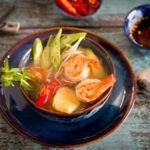


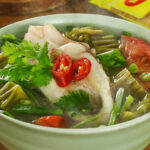
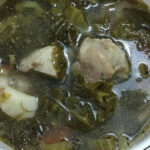
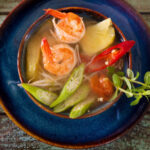










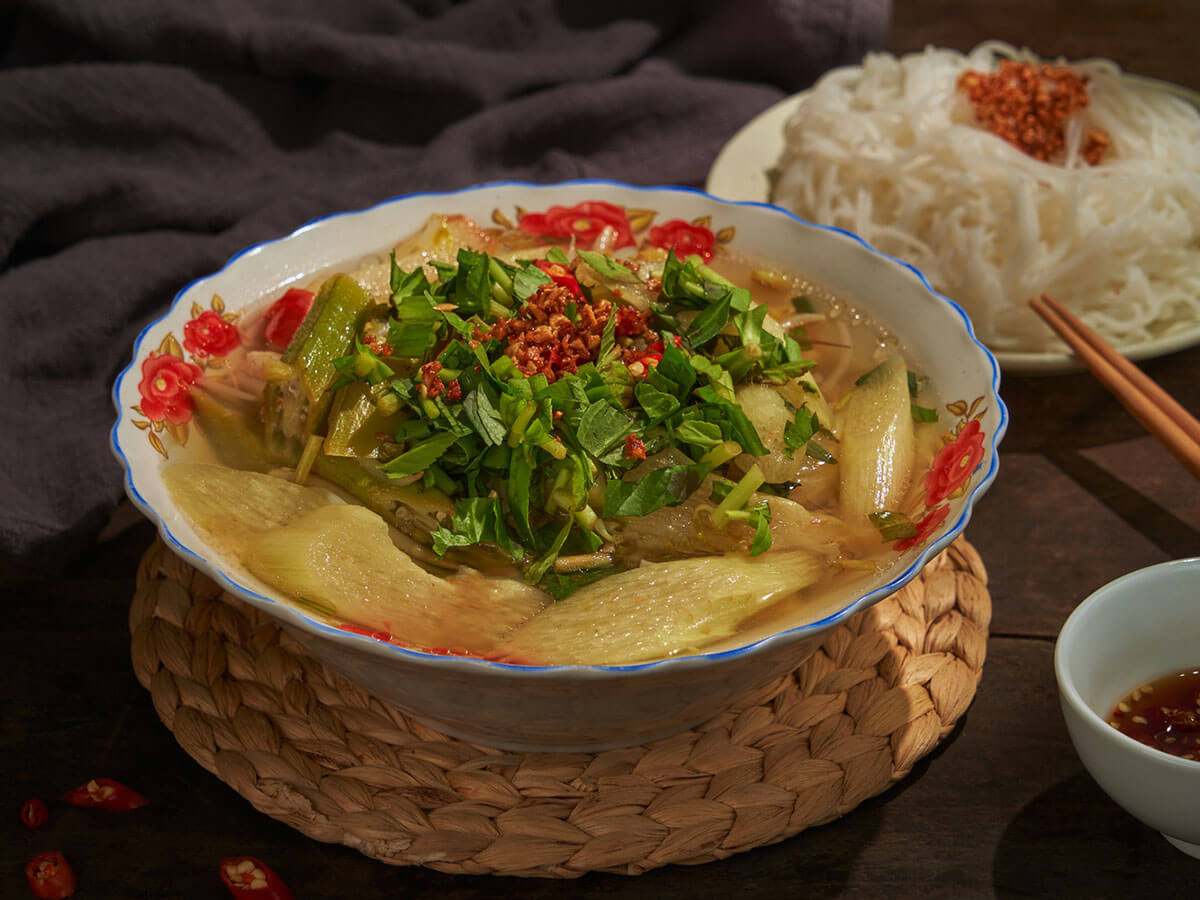
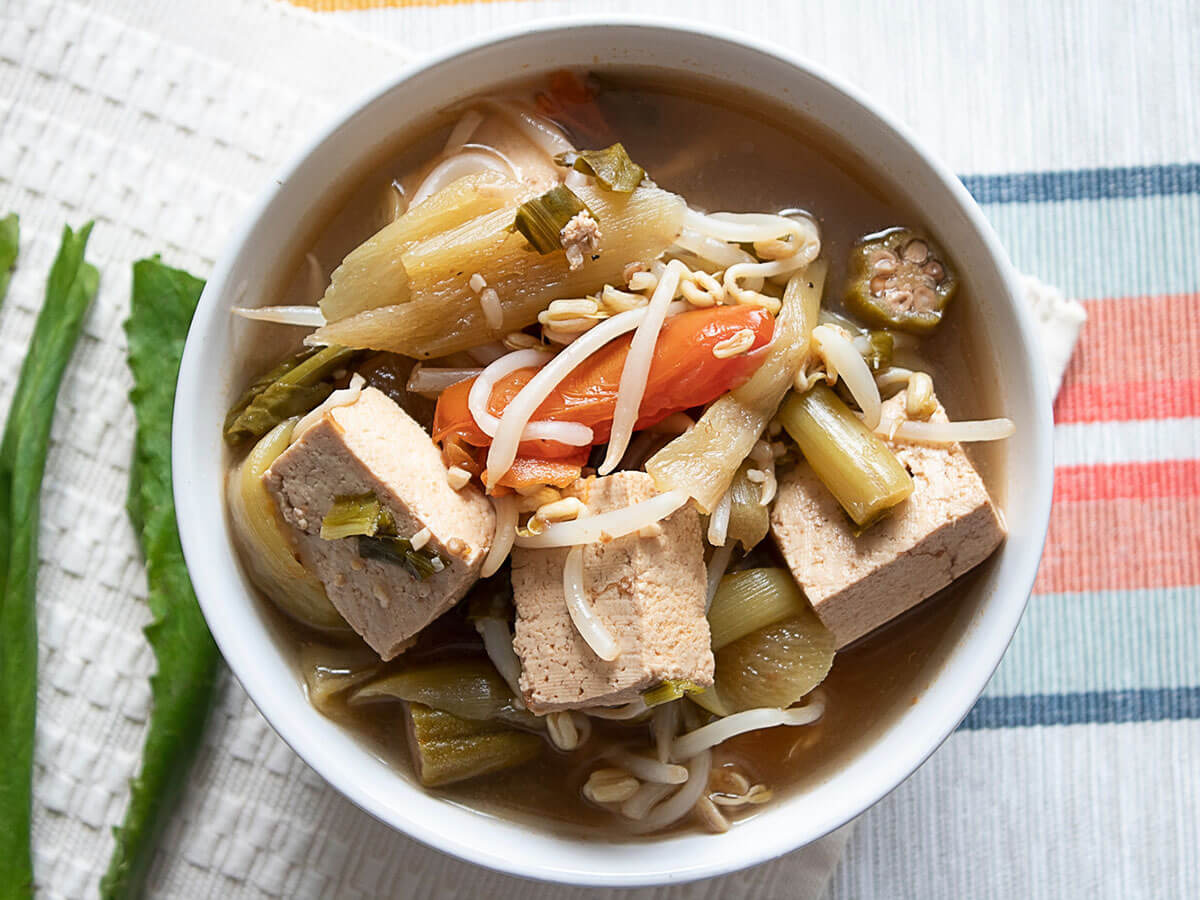


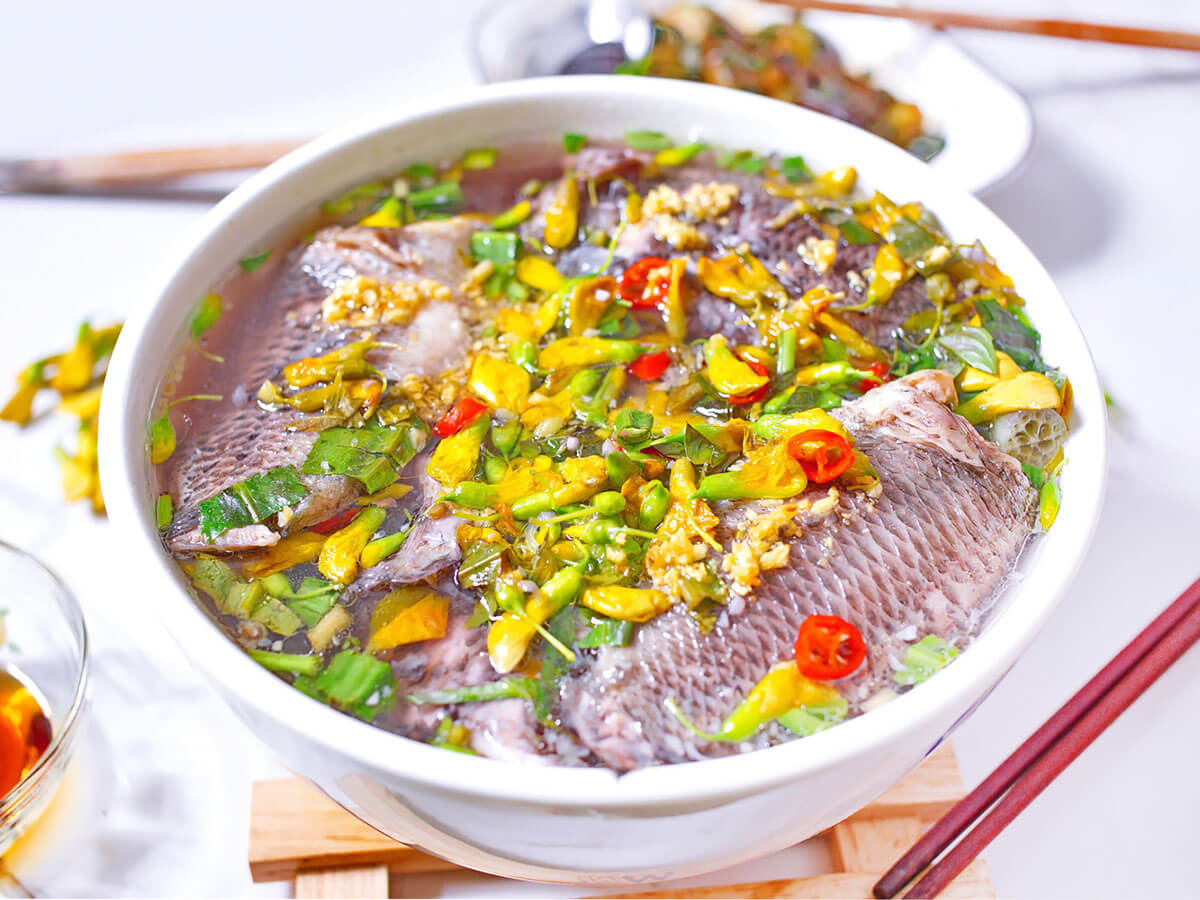



Truc Tran (Kris)
Senior Food Editor
Expertise
Home Cooking, Meal Planning, Recipe Development, Baking and Pastry, Food Editor, Cooking-video Maker, Vietnamese Food Evaluation Expert
Education
Truc Tran (Kris), an experienced food writer and editor, is great at exploring and describing global cuisines, from simple street food to fancy dining. In her writing, she skillfully mixes different flavors, cooking methods, and culinary traditions, showing the unique character of various cultures through their food and drinks. On azcuisines.com, Kris highlights her knowledge, especially in Asian cuisine and worldwide traditional dishes.